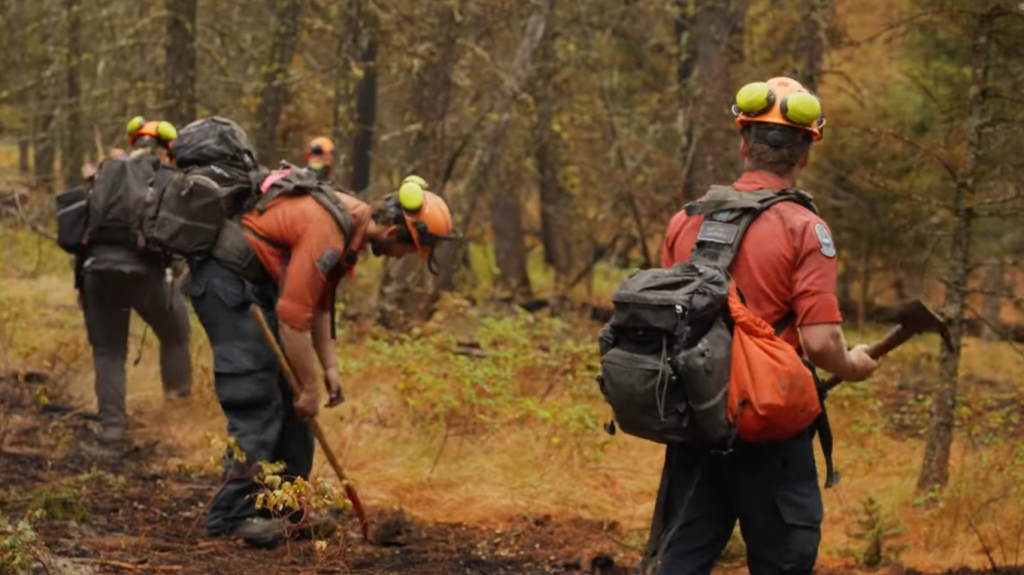
For the first time in years, the weather in B.C. actually cooperated with fire crews this summer, leading to an improved wildfire season. But we’re not out of the woods yet.
There are just over 200 fires still burning across B.C., mostly in the Northwest Fire Centre, with the majority either under control or being held. This is a far cry from years past when large areas of the province were burning every summer and records were being shattered.
“If you were to look at why this year had fewer fires, there would be a lot of different factors you’d have to consider. Weather is probably one of the biggest ones,” explained provincial fire information officer Jean Strong.
“We really are, for a lot of our work, at the mercy of Mother Nature and what those conditions look like in terms of fuel drying, precipitation, wind, cold fronts, where we get lightning and how much lightning we get.”
She adds there were significant fire seasons in B.C. in 2017, 2018, 2021, and 2023. So far this season, she says just over 1 million hectares of land has burned. Last year, it was 2.84 million hectares — considered the province’s most destructive fire season on record.
“The majority of our fires are started by lightning, so, it’s partially great work by our crews but also Mother Nature being on our side this year.”
Strong is clear that despite things appearing to be in good shape right now, the season doesn’t technically end until spring 2025, as fires often continue to simmer underground through the fall and winter.
“It’s less about an official declaration in the fall that things are over, more so that activity will lessen a lot, but fires next spring will count toward the 2024 fire year totals.”
She says it’s hard to say what fall will look like on the frontlines.
“There are still warm pockets in areas of the province, which is conducive to burning, however, as we get further and further into the fall, there are fewer really good peak burning hours,” she explained.
“The days are shorter, the nights are longer, the temperatures start to drop off, we’ll start to get more precipitation and that will decrease fire behaviour across the board.”
Strong is warning people not to become complacent just because it looks like the height of the fire season is coming to a close.
“There are still open burning restrictions across the majority of the province, although small campfires are allowed.”
She adds local crews were able to get a bit of a break this year thanks to help from firefighters who arrived from other provinces, Australia and New Zealand.
“It would be unrealistic for us to be staffed up provincially to a level that would allow us to respond to those really significant seasons because when you’re in a quieter season, such as this one, you wouldn’t have the right balance of resources for the amount of fire on the landscape.”
Strong says improvements were made to firefighting efforts this year including the use of night-vision technology.
“There were also a number of investments made into the service, including around $16 million into aviation to increase our tanker and helicopter contracts ahead of the season and… there’s more to come that’s being worked on this fall and winter.”